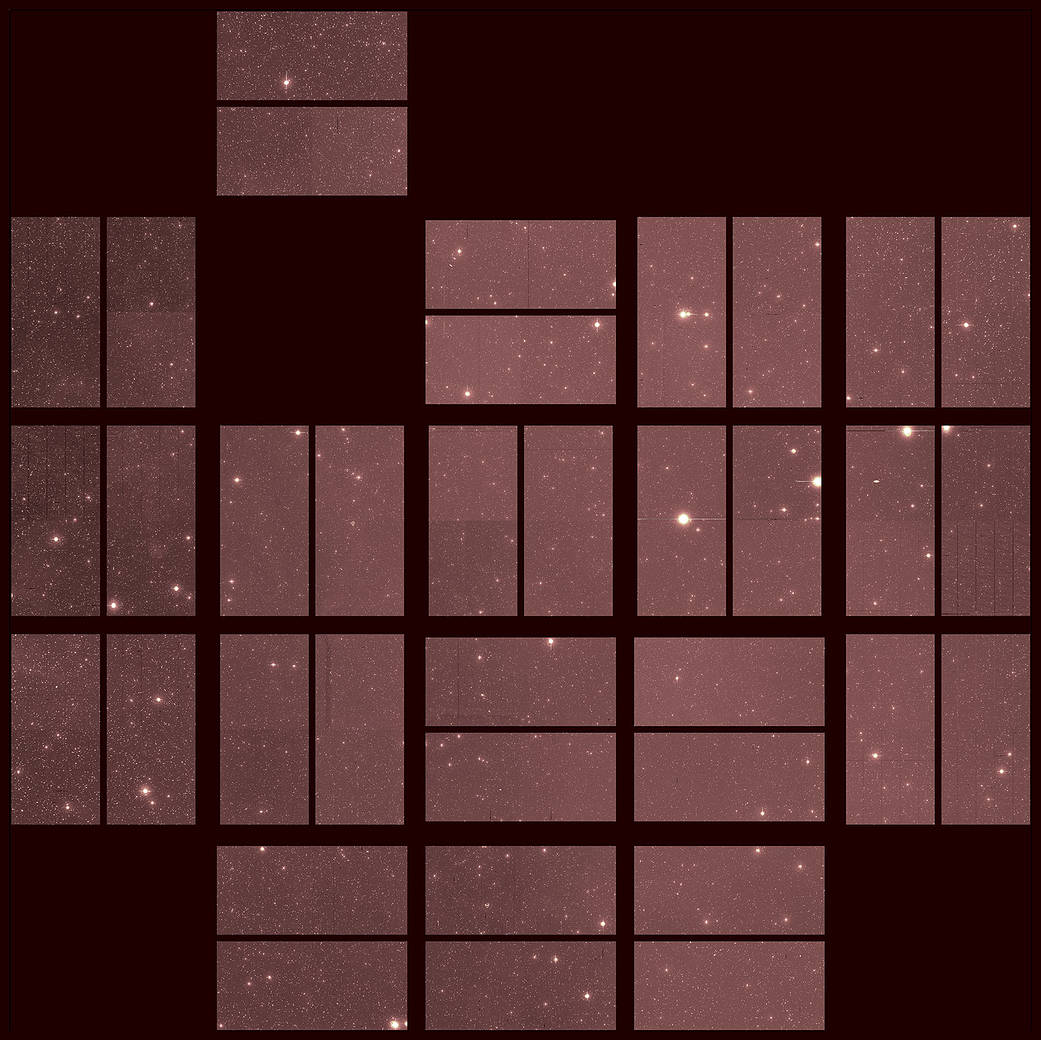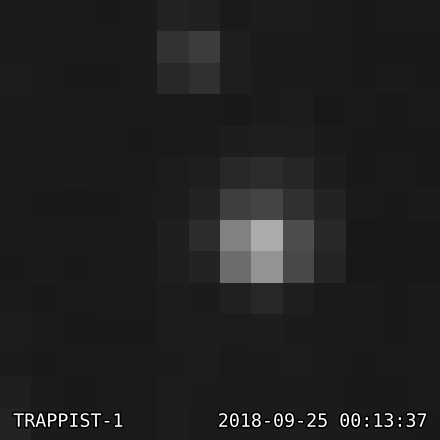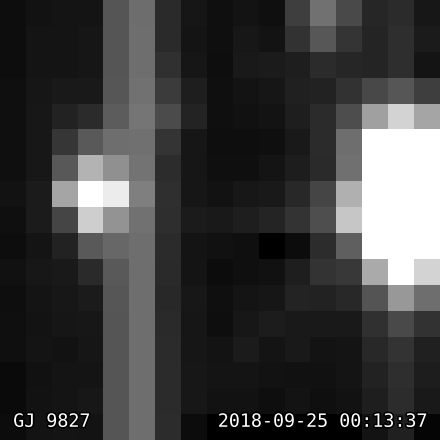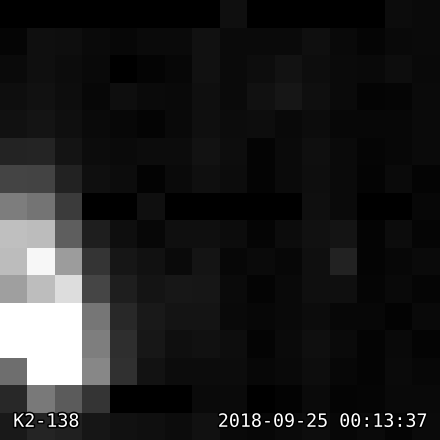NASA’s Kepler space telescope may be retired, but the discoveries continue to rack up for this historic planet-hunting mission. Kepler rang in the new year with several new planet discoveries, including a previously overlooked planet of an unusual size, as well as a super Earth and a Saturn-sized world orbiting a Sun-like star.
In the meantime, the Kepler mission has released its final record of the spacecraft’s full field of view before the depletion of fuel permanently ended its work. NASA retired the spacecraft on Oct. 30, 2018, to a safe orbit.
The “last light” image taken on Sept. 25 represents the final page of the final chapter ofKepler’s remarkable journey of data collection. It bookends the moment of intense excitement nine and a half years earlier when the spacecraft first opened its eye to the skies and captured its “first light” image. Kepler went on to discover more than 2,600 worlds beyond our solar system and statistically proved that our galaxy has even more planets than stars.
The blackened gaps in the center and along the top of the image are the result of earlier random part failures in the camera. Due to the modular design, the losses did not impact the rest of the instrument.
For this final field of view, Kepler’s last observation campaign in its extended mission, the telescope was pointed in the direction of the constellation Aquarius. It caught a glimpse of the renowned TRAPPIST-1 system with its seven rocky planets, at least three of them believed to be temperate worlds. Another target was the GJ 9827 system, a nearby bright star that hosts a planet that is considered an excellent opportunity for follow up observations with other telescopes to study an atmosphere of a faraway world.
Fortuitously, Kepler’s field of view also slightly overlapped with NASA’s new planet-hunter, the Transiting Exoplanet Survey Satellite, or TESS, affording astronomers the chance to compare and improve their understanding of the data received from the two spacecraft. Although Kepler’s transmitters have been turned off and it is no longer collecting science, its data will be mined for many years to come.
Here are videos of some of Kepler’s last targets as these stars brighten and dim. In addition to the static snapshots Kepler routinely took of its full field of view, the telescope’s camera also recorded selected targets at 30-minute increments. These continued for another several hours after the “last light” image before data collection ceased. The target data is obtained to measure the change in brightness of the stars, essential for discovering planets as they transit the faces of their stars and for understanding other aspects of stellar behavior. The motion of the stars in the videos are due to decreasing thruster performance caused by near fuel exhaustion.
NASA’s Ames Research Center in California’s Silicon Valley manages the Kepler and K2 missions for NASA’s Science Mission Directorate. NASA’s Jet Propulsion Laboratory in Pasadena, California, managed Kepler mission development. Ball Aerospace & Technologies Corporation operated the flight system with support from the Laboratory for Atmospheric and Space Physics at the University of Colorado in Boulder.
For news media:
Members of the news media interested in covering this topic should get in touch through the NASA Ames media contacts page.
Alison Hawkes, Ames Research Center






























